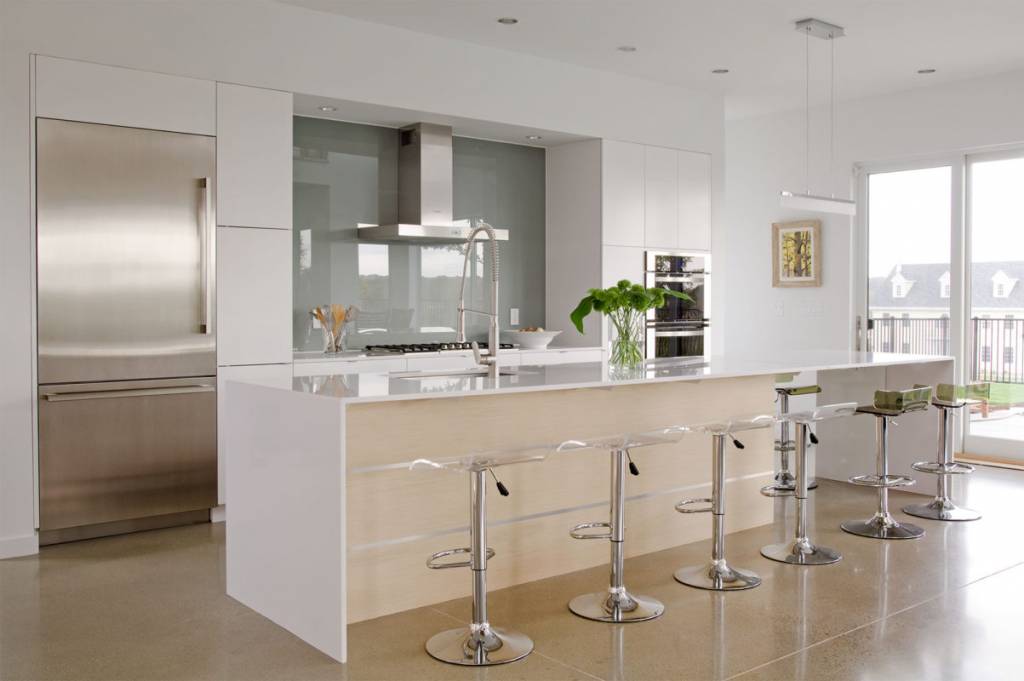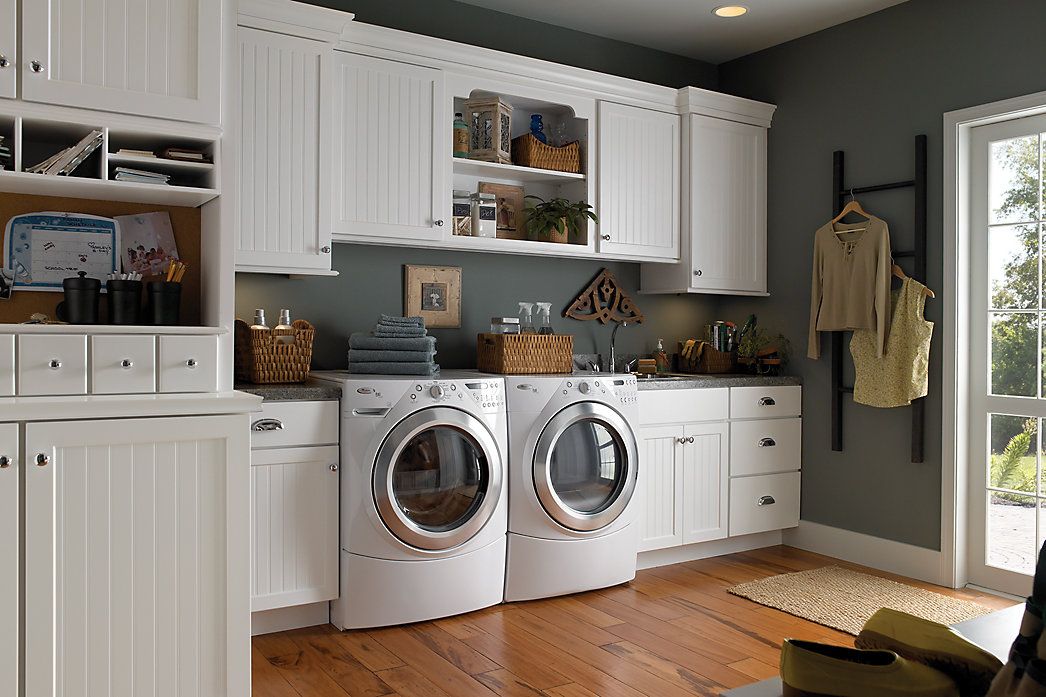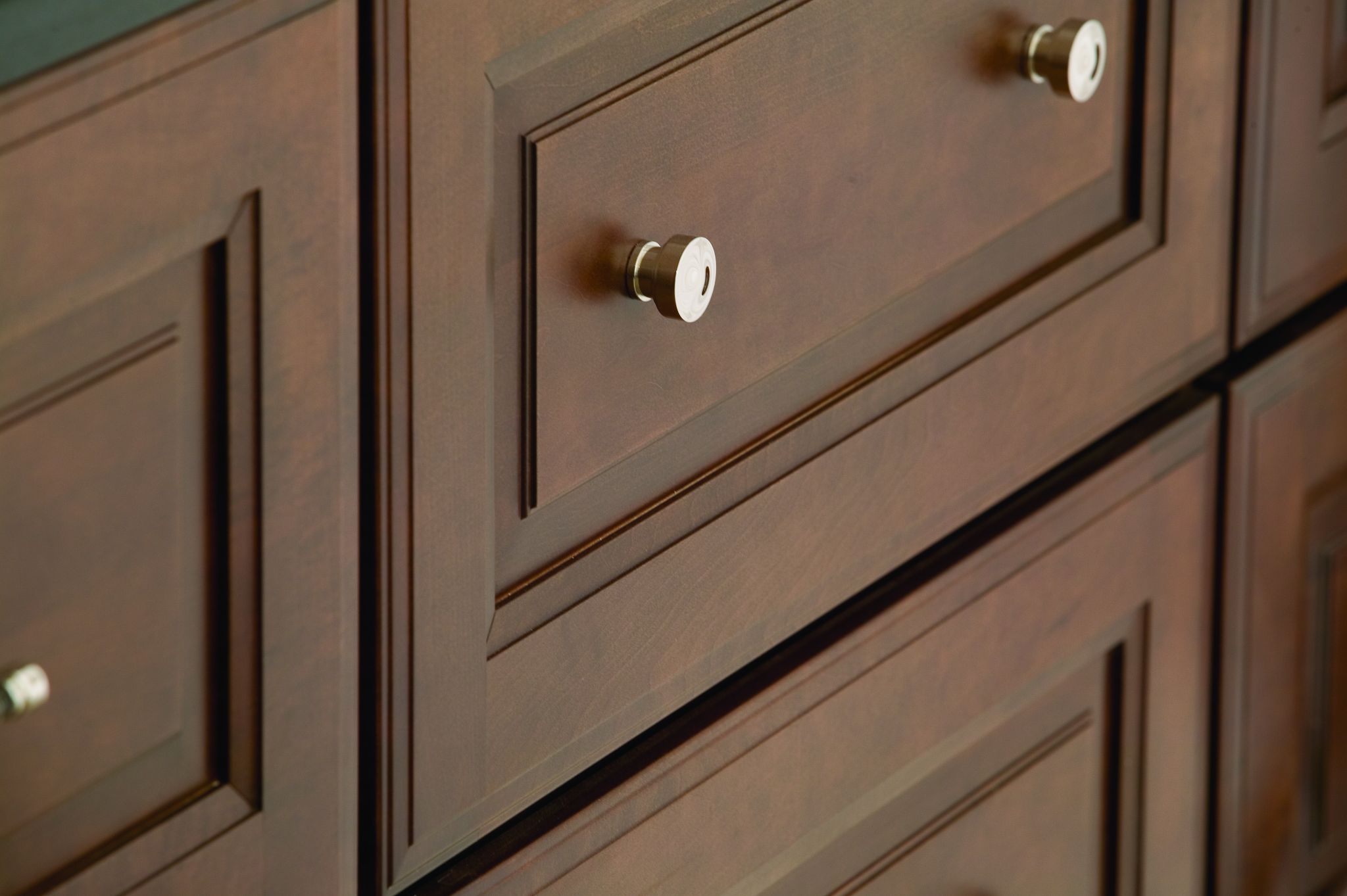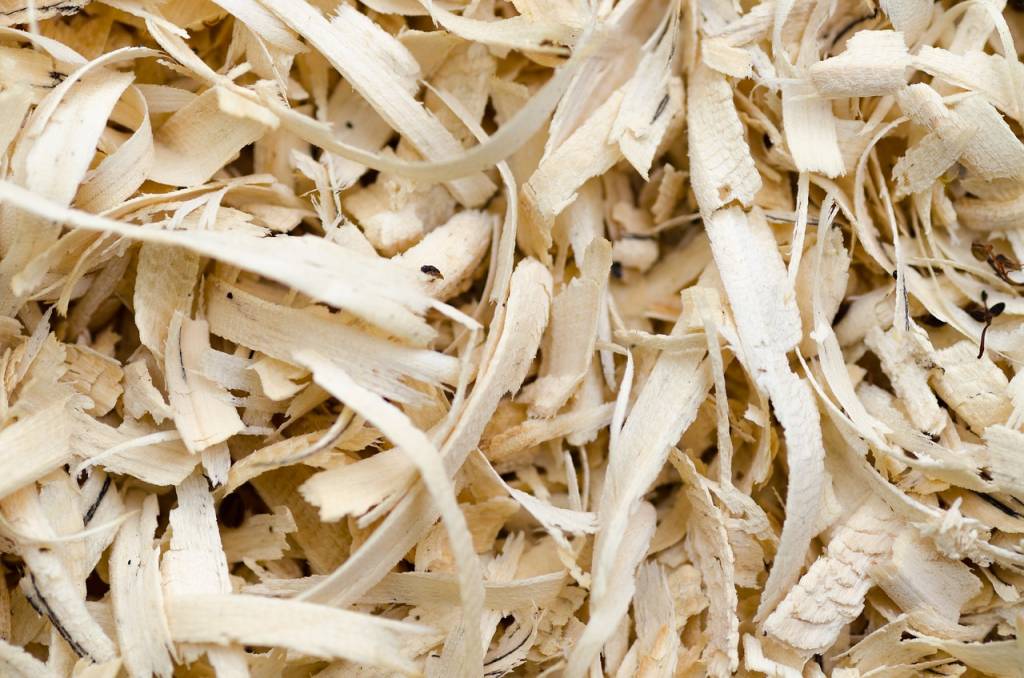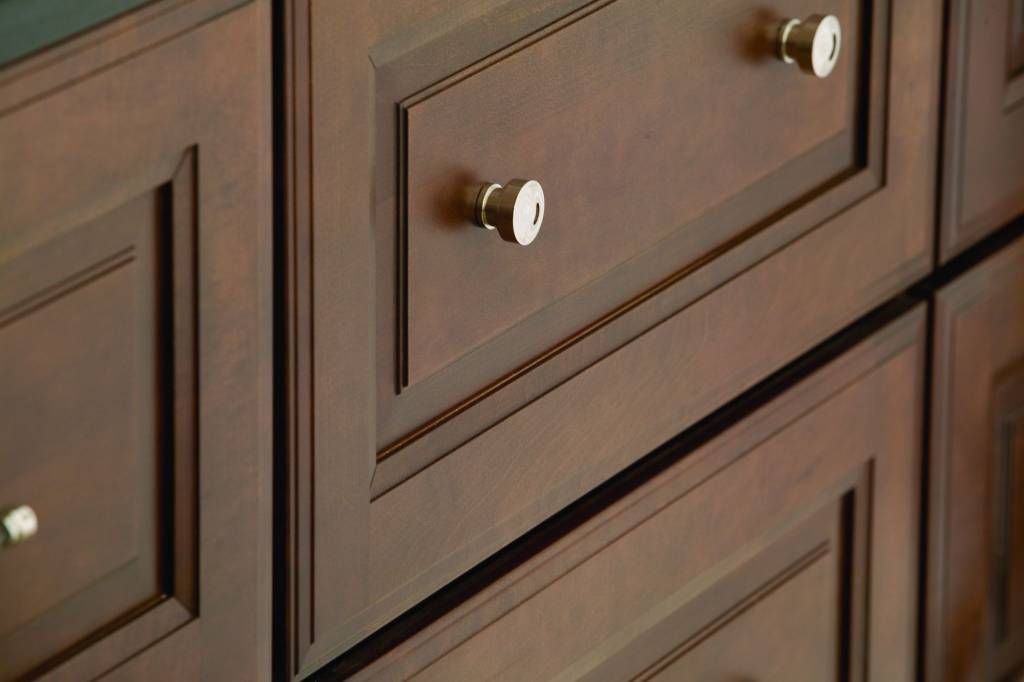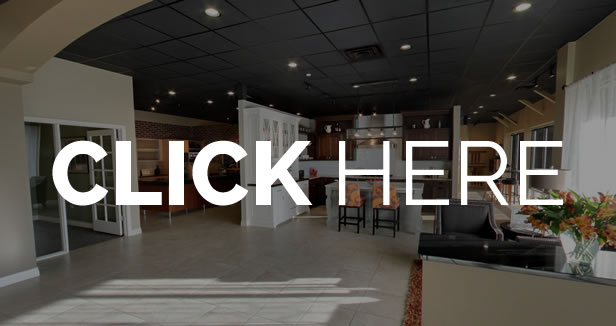If you are in the market for new kitchen cabinets, your Denver kitchen remodel designer will want to know your preference regarding cabinet construction. Typically, cabinet boxes are constructed with either furniture board or plywood material. The quality of these materials can vary, and there are pros and cons to each, which makes it difficult to say that one is better than the other. So, how do you decide which one is right for your project?
For starters, it’s important to know that both furniture board and plywood are engineered wood products. This manufacturing process involves binding or fixing strands, particles, fibers, veneers, or boards of wood together with adhesives or other methods. In this regard, these two products are similar, however there are several factors which differentiate them.
Furniture Board
Furniture board – also known as particleboard – is the most common substrate of cabinet boxes, drawer boxes and shelves. The pressboard contains wood particles and resin adhered together with wood scraps, or waste, derived from plywood manufacturing. Because furniture board has no natural grain pattern, it can be finished with a wood veneer or laminate layer to improve its aesthetic appeal.
The quality of furniture board depends on several factors: the size of the particles, the amount of the glue, and the density of the board. Smaller particles will make the board denser, heavier, and more stable. One of the best types of particleboard is medium-density fiberboard (MDF). MDF is a high-quality product that compares well with plywood but is considerably heavier which can make installation more challenging.
Advantages:
Less expensive to manufacture than plywood
Offers uniformity of texture
Less likely to expand or contract with temperature fluctuations
High-density versions have added strength and stability
Disadvantages:
Heavier than plywood
Not as strong and stable as plywood
More susceptible to scratches and dents
More susceptible to damage when exposed to prolonged moisture
Screws and glue can loosen over time
Plywood
Plywood is crafted with the compression and adhesion of thin layers of wood, rather than particles, which creates a solid sheet. To enhance stability, the grain of the material is alternated with each new layer, forming a sturdy and strong panel. Certain types of plywood are manufactured using green initiatives. These include wood sourced from sustainable forests and reduction of formaldehyde and other off-gasses. If having sustainable products in your home is an important factor, “green” plywood is a good choice.
The overall quality of plywood depends on several factors: the number of plies used, the thickness of the wood, and the quality of the adhesive. Low-quality plywood will have gaps, making it less reliable.
Advantages:
Lighter than furniture board
Superior strength and stability
Less vulnerable to damage when exposed to moisture
Eco-friendly construction available
Disadvantages:
More expensive to manufacture
More susceptible to warping
In Comparison
In many ways, plywood is superior to furniture board. If cost is not an issue for you, it may be the better choice for your Denver kitchen remodel. However, furniture board has many merits that make it just as viable. Some cabinet manufacturers, like Crystal Cabinets, offer plywood as a standard option. Other cabinet companies offer plywood as an upgrade option. Typically, these upgrades cost an additional 12-16% above the base cabinet price. At the end of the day, you can’t tell the difference between a plywood box and a furniture board box with well-constructed and properly installed cabinets.
Still wondering which Denver cabinets are right for your project? Consult with a professional kitchen designer to discuss the pros and cons of both options. Contact us today!


